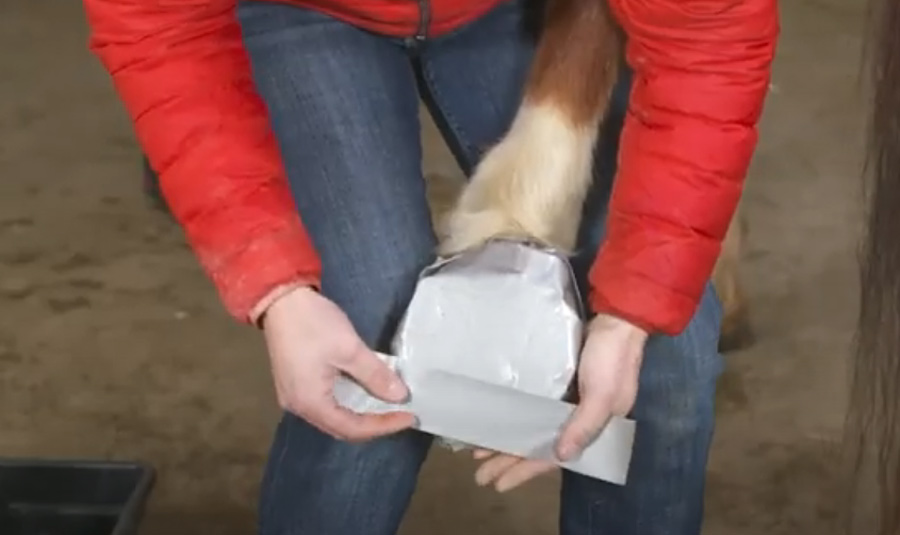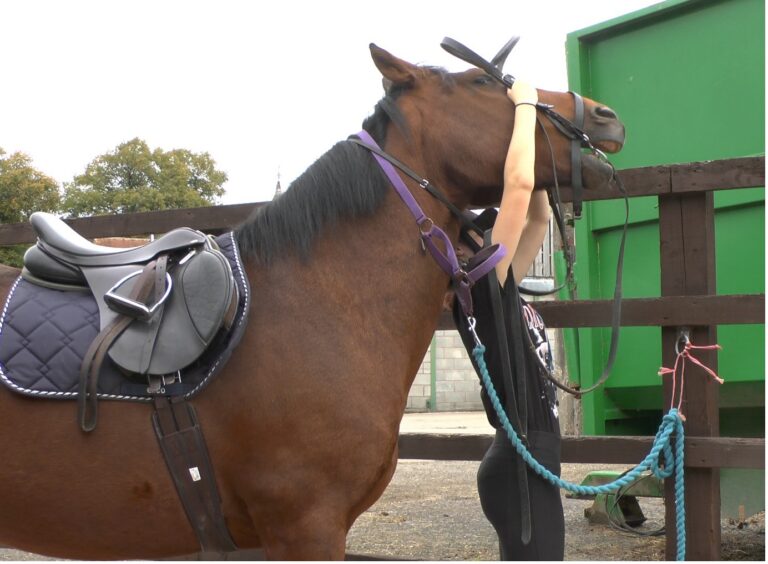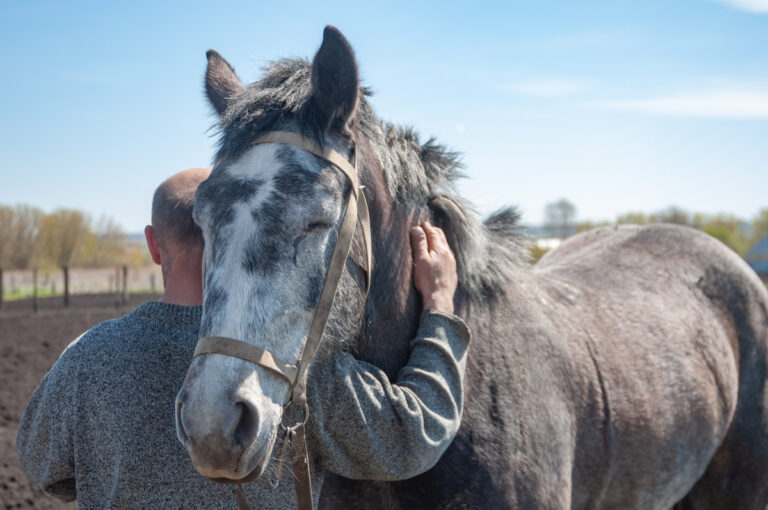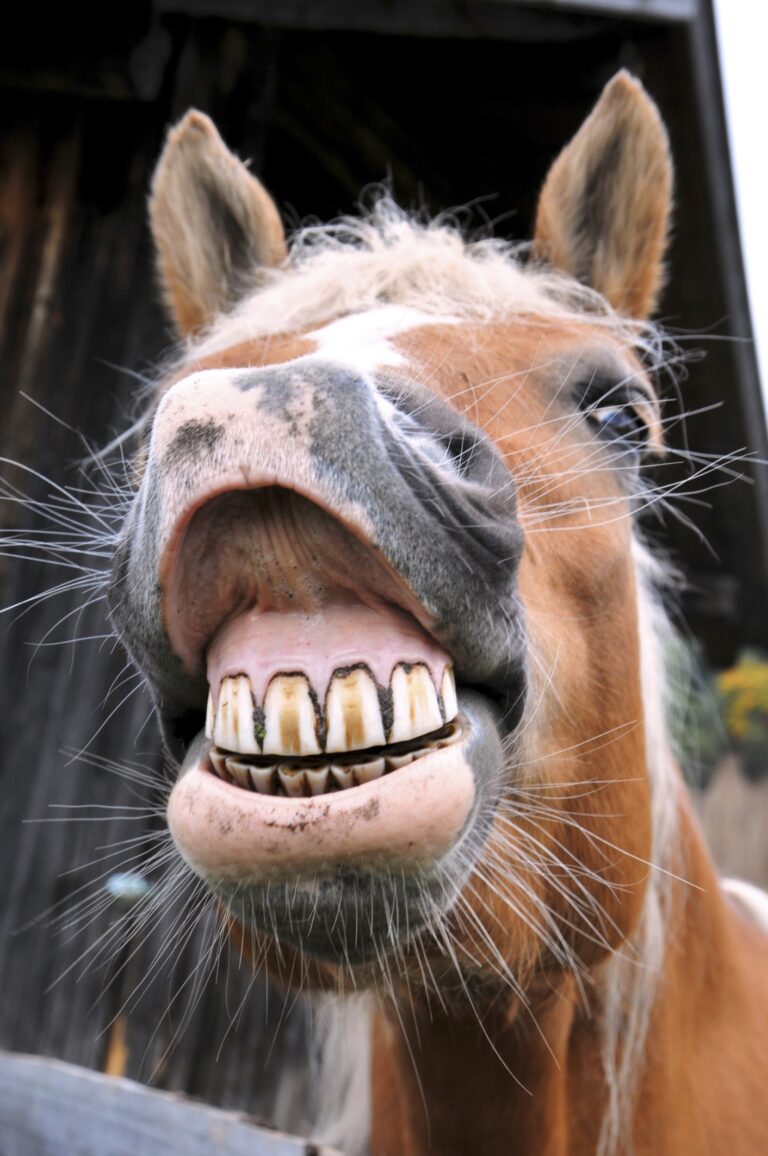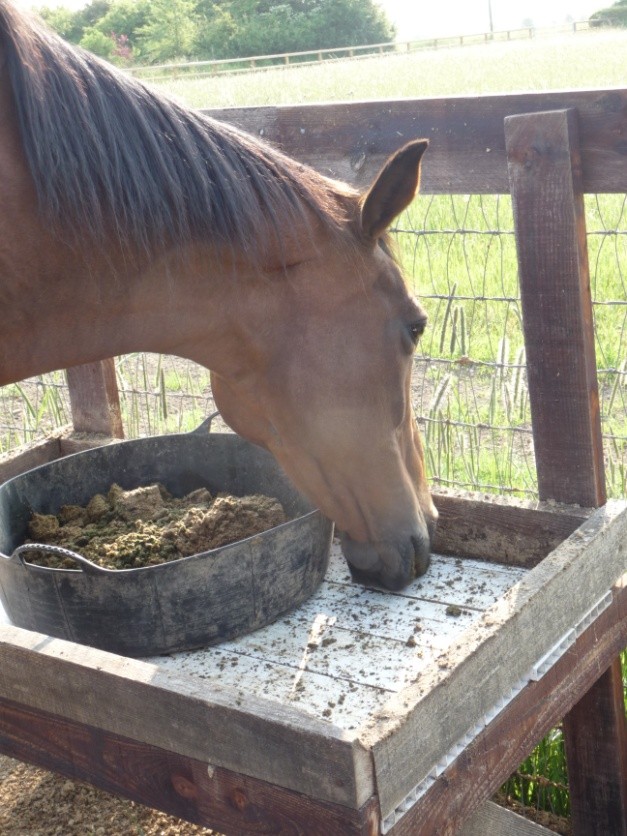In this video, Dr. Christine Johnson shows us how to properly apply a poultice to a horse’s hoof. Indications for a poultice might include an abscess or a draining tract on the bottom of a horse’s foot.
(Editor’s note: The content of this video is the expert’s approach to the topic. Please consult with your practitioner if you have questions.)
“A poultice differs from a sweat wrap in that a poultice is applied to the bottom of the hoof and a sweat wrap is typically applied to the lower limb to pull out inflammation,” explained Johnson.
She said a sweat wrap usually stays on the limb 12-24 hours and must be changed. That is in contract to a poultice, which might stay on the hoof from 4-5 days if the wrap is ‘holding up.’
Needed Poultice Supplies
Johnson said it is important to have all of the things you need for a poultice before you begin. Items needed include:
- a betadine- or iodine-based solution
- epsom salts or another osmotic product
- gloves
- elasticon or Vetrap
- cotton
- scissors
- duct tape lattice
(Editor’s note: Watch the How to Wrap a Horse’s Hoof Video to learn how to make a lattice out of duct tape that will cover the bottom of the hoof.)
Applying the Poultice to the Horse’s Hoof
Make sure to clean the foot first, she emphasized. The hoof should be clean and dry before you start.
After putting on your gloves, Johnson said you first apply the betadine solution or an iodine-based gel. Epsom salts or an osmotic drying agent is applied afterward. Apply a piece of cotton is o the bottom of the foot as the next step. Make sure the cotton comes up above the heels so you don’t have the elasticon rubbing on the heel bulbs.
Elasticon is used to cover the cotton and the agents used on the bottom of the foot. The apply the duct tape lattice to keep the hoof dry.
“Prior to adding additional strips of duct tape, make sure to notch the elasticon or Fetrap at the coronary band to ensure there is not too much pressure,” advised Johnson. Then you can add additional strips of duct tape to hold the poultice in place.
“Be sure to reinforce the toe with additional strips of duct tape,” said Johnson. “This is typically where the horse willwear through the poultice first.”
Keeping the horse in a dry pen it will help the poultice stay on longer. If it is wet outside, Johnson said you can add an additional layer of elasticon on the outside of the poultice to help prevent slipping.
Any questions or concerns you have about applying a poultice should be addressed to your veterinarian.
Further Content
- How to Apply a Standing Bandage on Your Horse Video. Dr. Christine Johnson. MySeniorHorse.com
- How to Wrap a Horse’s Hock Video. Dr. Sina Parsaye. MySeniorHorse.com
- Hoof Care for Senior Horses, Donkeys, and Mules. MySeniorHorse.com
- Hoof Management Category. MySeniorHorse.com
-
Editors of My Senior Horse are journalism professionals, most of whom are lifelong horse owners.View all posts

